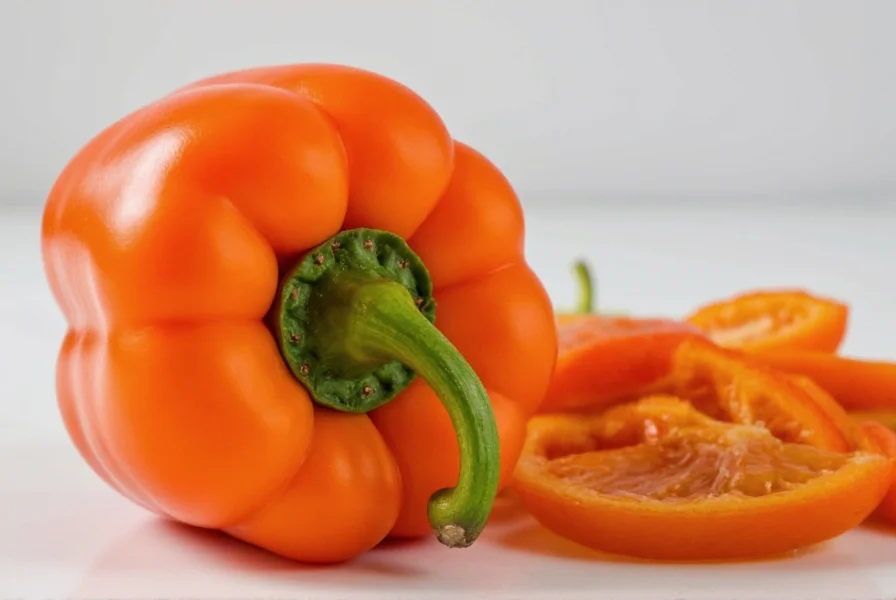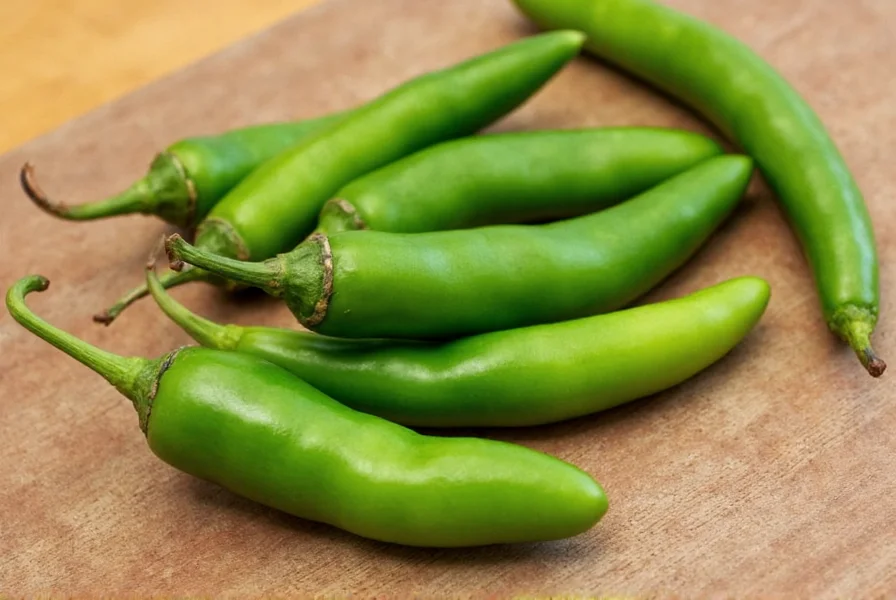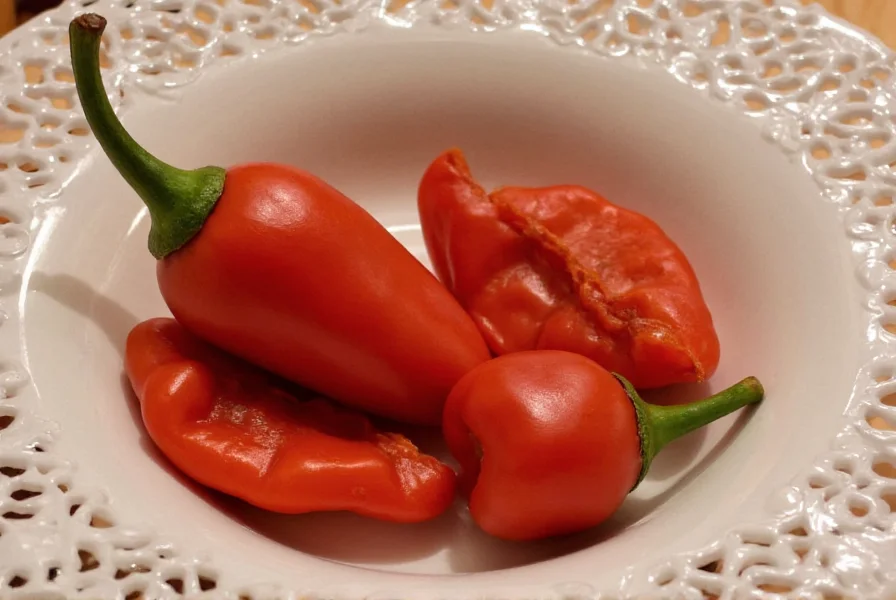Costeño Pepper: Spice Up Your Life with Mexico’s Smoky Heat!
If you're a lover of bold flavors and smoky warmth, it's time to get acquainted with the Costeño pepper. Hailing from the coastal regions of Mexico, this vibrant chili packs a punch that’s equal parts earthy, fruity, and fiery. Whether you're grilling, blending sauces, or making traditional moles, the Costeño is your secret weapon for authentic Mexican heat.
Table of Contents
- What Is a Costeño Pepper?
- Heat Level & Flavor Profile
- Creative Ways to Use Costeño Peppers
- Buying Guide: How to Choose the Best Costeño Peppers
- Cooking Tips for Beginners and Pros Alike
- How to Store Costeño Peppers Like a Pro
- Comparing Costeño Peppers to Other Chilies
- Frequently Asked Questions About Costeño Peppers
- Final Thoughts: Why You Need Costeño in Your Spice Cabinet
What Is a Costeño Pepper?
The Costeño pepper, also known as chile costeño, is a type of chili native to the coastal areas of Mexico, particularly Oaxaca and Veracruz. The name literally translates to "coastal chili," which gives you a hint about its origin and character. There are two main varieties—red and yellow—and both offer unique flavor experiences.

These chilies are typically used dried and ground into powders or made into pastes, but they can also be used fresh in salsas and marinades. They’re often soaked before use to rehydrate them, allowing their full flavor to shine through.
Heat Level & Flavor Profile
Costeño peppers fall in the medium to high range on the Scoville scale, typically ranging between 25,000 to 50,000 SHU (Scoville Heat Units). That places them somewhere between a cayenne and a Thai chili in terms of heat. However, don’t let the numbers scare you off—what makes the Costeño special is not just its spiciness, but its complex flavor profile.
| Pepper | Heat Level (SHU) | Flavor Notes |
|---|---|---|
| Costeño Red | 30,000–50,000 | Smoky, earthy, slightly sweet |
| Costeño Yellow | 25,000–40,000 | Fruity, tangy, citrusy undertones |
| Jalapeño | 2,500–8,000 | Grassy, mild, vegetal |
| Cayenne | 30,000–50,000 | Sharp, spicy, peppery |
Red Costeño peppers tend to have a more robust, smoky taste, often likened to a campfire undercurrent, while the yellow variety offers brighter, almost tropical notes. Both versions bring depth and dimension to dishes beyond mere heat.
Creative Ways to Use Costeño Peppers
From everyday meals to festive gatherings, there’s no shortage of ways to incorporate Costeño into your cooking. Here are some practical ideas to get you started:
- Salsas and Hot Sauces: Blend soaked Costeño peppers with garlic, lime juice, and vinegar for a bold homemade hot sauce.
- Dry Rubs: Mix Costeño powder with salt, smoked paprika, and cumin for a fiery rub perfect for grilled meats or vegetables.
- Mole Variations: Add depth to your mole sauce with a pinch of Costeño powder—it enhances the richness of chocolate and spices.
- Infused Oils: Steep crushed Costeño in olive oil for a few days to create a spicy, aromatic oil great for drizzling over soups or tacos.
- Marinades: Combine pureed Costeño with orange juice, garlic, and herbs for a zesty marinade ideal for chicken or pork.
Buying Guide: How to Choose the Best Costeño Peppers
Finding quality Costeño peppers might take a bit of effort, especially outside of Mexico, but once you know where to look, it becomes easier. Here’s what to keep in mind when shopping:
Where to Buy
- Mexican Grocery Stores: Your best bet is to check local Latin markets—they often carry dried Costeño peppers in bulk.
- Online Retailers: Specialty spice websites like La Tienda, Penzeys, or Amazon carry dried Costeño peppers and powders.
- Farmer’s Markets: Some vendors sell locally grown or imported dried chilies—ask around!
What to Look For
- Dried Peppers: Should be pliable but not brittle. Avoid those with dark spots or mold.
- Powder: Check for a rich, deep red or golden color depending on the variety. Avoid products that smell musty or stale.
- Paste: Authentic Costeño paste should be thick, intensely colored, and packed with aroma.
Cooking Tips for Beginners and Pros Alike
If you’re new to working with Costeño peppers, here are a few pro tips to help you make the most of this flavorful chili:
- Toast Before Using: Dry-toasting the peppers in a pan brings out their natural oils and intensifies the flavor.
- Soak for Softness: Soaking dried Costeño in hot water softens them and helps release their oils into sauces or purees.
- Pair with Citrus: The acidity of lime or oranges balances the smokiness beautifully—try it in a seafood ceviche!
- Add at the End: To preserve the freshness of flavor, add Costeño towards the end of cooking rather than boiling it all day.
- Start Small: Even though it’s not the hottest chili, Costeño still has a kick—add gradually and taste as you go.
How to Store Costeño Peppers Like a Pro
Proper storage ensures your Costeño peppers stay fresh and potent for months. Here’s how to do it right:
- Dried Whole Peppers: Store in an airtight container away from light and moisture. They can last up to a year.
- Ground Powder: Keep in a cool, dark cupboard in a sealed spice jar. Label it clearly to avoid confusion with other chili powders.
- Paste: Refrigerate in a tightly sealed jar for up to 3 months, or freeze in ice cube trays for easy portioning.
- Oil Infusions: Store infused oils in the fridge and use within 2–3 weeks to prevent bacterial growth.

Comparing Costeño Peppers to Other Chilies
While many chilies bring heat to the table, the Costeño brings something extra—a unique blend of flavor and versatility. Here’s how it stacks up against similar chilies:
| Pepper | Flavor Profile | Best For | Substitution Tip |
|---|---|---|---|
| Costeño | Smoky, earthy (red), fruity (yellow) | Sauces, moles, marinades | Replace with Guajillo + Ancho mix |
| Ancho | Sweet, raisin-like | Mild mole sauces | Weaker, less heat |
| Guajillo | Berry-like, tea notes | Salsas, soups | Less smoky than Costeño |
| Cayenne | Sharp, clean heat | Spicy powders, blends | No depth, only heat |
Frequently Asked Questions About Costeño Peppers
Can I eat Costeño peppers raw?
Yes, but they can be quite hot and harsh in flavor. Most people prefer them toasted, soaked, or cooked to mellow the bite and enhance the flavor.
Are Costeño peppers the same as Habaneros?
No, although they share a similar region, Habaneros are much hotter (100,000–350,000 SHU) and fruitier. Costeño is smokier and more versatile in savory applications.
Can I grow my own Costeño peppers?
Absolutely! If you live in a warm climate or have a greenhouse, you can grow Costeño plants from seeds. They thrive in well-draining soil and plenty of sunlight.
Is Costeño pepper used in traditional dishes?
Yes! It plays a role in regional specialties like mole negro, chiles rellenos, and various seafood preparations along the Gulf Coast of Mexico.
Final Thoughts: Why You Need Costeño in Your Spice Cabinet
The Costeño pepper is more than just another chili on the shelf—it’s a flavor enhancer, a conversation starter, and a way to bring authentic Mexican flair into your kitchen. Whether you're simmering a sauce, grilling meat, or experimenting with homemade hot sauces, the Costeño adds that unforgettable touch of smoky heat and complexity.
Don’t be intimidated by its spiciness. With a little experimentation, you’ll find it’s one of the most rewarding ingredients in your pantry. So next time you’re planning a fiesta or just spicing up dinner, remember: there’s nothing quite like a Costeño pepper to turn up the flavor and bring a little coastal magic to your plate.
Happy cooking, and may your meals always be smoky, spicy, and sublime!











 浙公网安备
33010002000092号
浙公网安备
33010002000092号 浙B2-20120091-4
浙B2-20120091-4